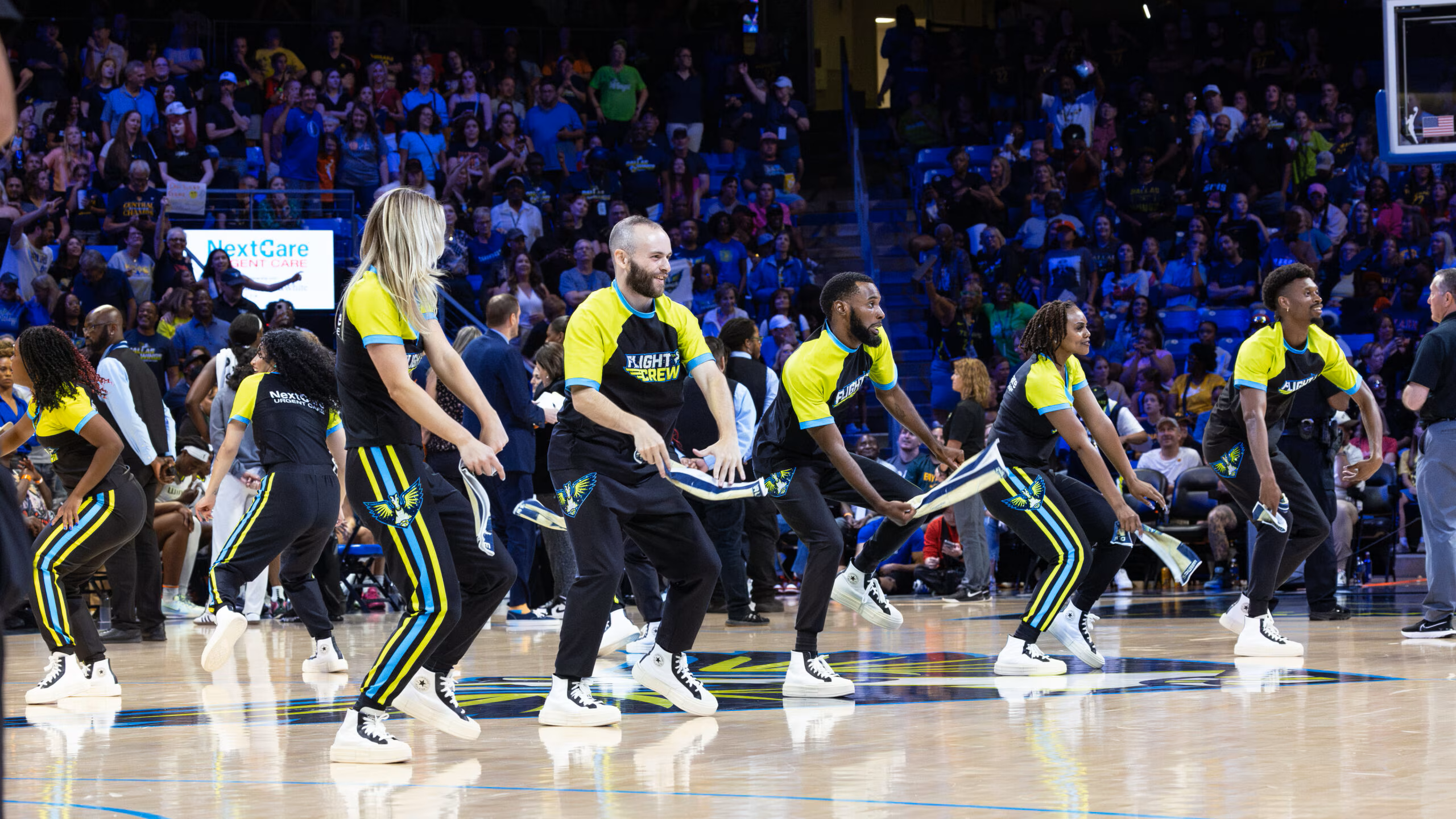Cooking Tires--With Microwaves!
When I saw an article in New Scientist titled “Giant Microwave turns plastic back to oil” my first thought was “great idea!” followed by “what impact will this have on other users of the ISM bands?” after reading, “Key to GRC’s process is a machine that uses 1,200 different frequencies within the microwave range, which act on specific hydrocarbon materials.” GRC is Global Resource Corp. GRC acquired the microwave technology when it purchased Carbon Recovery Corp. in September 2006. The Engineering Data page on the Global Resource Corp. Web site is “under construction” and I was not able to find a list of the 1,200 frequencies used by the technology.
Considering the power levels needed for cooking tires and “autofluff”--textiles, foams, plastics, rubber and light metal content extracted from junk cars, these focused beam microwave units would have to operate in the Industrial, Scientific and Medical bands. Likely microwave ISM bands for this technology include 2.45 GHz +/- 50 MHz (impacting BAS and some WiFi spectrum), 5.8 GHz +/- 75 MHz--a frequency band being used for 802.11a wireless systems and unlicensed point-to-point data. The good news is that broadcasters have lived with ISM interference, including that from household microwave ovens, for many years now. New microwave devices for recycling are likely to be located away from populated areas.
If the technology is as attractive as the Global Resources Web site and the New Scientist articles indicate, I expect we will be seeing wider use of it. Global Resources’ Hawk 10 microwave is being used at Gershow Recycling on Long Island, N.Y. By turning 43 percent of the autofluff into oil and gas, the Hawk 10 significantly reduces the amount of automobile shredder residue that has to be disposed of in landfills. At C and K Scrap Metal in Newark, N.J., Global Resources expects its technology to produce 20 million pounds of scrap metal each year from the tire processing plant.
Frank Pringle, CEO of Global Resources Corp., said, “GBRC’s technology has the means to potentially change the way hundreds of millions of scrap tires are disposed of annually.”
Pringle stated that in addition to tire disposal, the process could allow reclamation of much of the material used in manufacturing tires.
“GBRC’s initial tire plant will process up to 11 million tires annually,” Pringle said. “GBRC’s technology will yield 19.9 pounds of resalable material from each tire, including carbon black, hydrocarbon gases, oil, and two pounds of steel.”
Global Resources said the same technology could be used to extract kerosene and diesel from coal and also to extract oil from difficult to process oil sands more efficiently with less impact on the environment than methods using steam. The technology can also be used to extract gas and oil from oil shale.
If this isn’t enough, in February, Global Resources launched a medical subsidiary to develop medical applications for the technology in treating cancer and other diseases!
Get the TV Tech Newsletter
The professional video industry's #1 source for news, trends and product and tech information. Sign up below.

Doug Lung is one of America's foremost authorities on broadcast RF technology. As vice president of Broadcast Technology for NBCUniversal Local, H. Douglas Lung leads NBC and Telemundo-owned stations’ RF and transmission affairs, including microwave, radars, satellite uplinks, and FCC technical filings. Beginning his career in 1976 at KSCI in Los Angeles, Lung has nearly 50 years of experience in broadcast television engineering. Beginning in 1985, he led the engineering department for what was to become the Telemundo network and station group, assisting in the design, construction and installation of the company’s broadcast and cable facilities. Other projects include work on the launch of Hawaii’s first UHF TV station, the rollout and testing of the ATSC mobile-handheld standard, and software development related to the incentive auction TV spectrum repack. A longtime columnist for TV Technology, Doug is also a regular contributor to IEEE Broadcast Technology. He is the recipient of the 2023 NAB Television Engineering Award. He also received a Tech Leadership Award from TV Tech publisher Future plc in 2021 and is a member of the IEEE Broadcast Technology Society and the Society of Broadcast Engineers.
